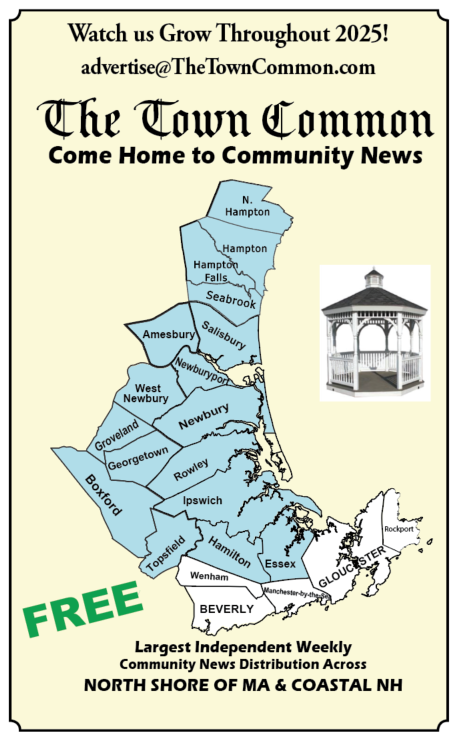Concord, NH – The New Hampshire Department of Environmental Services (NHDES) Drinking Water and Groundwater Bureau recently recognized the Merrimack River Watershed Council (MWRC), the city of Claremont and the Hooksett Village Water Precinct at its annual Drinking Water Source Protection Conference on Wednesday, May 19. The awards were presented as part of a two-day conference held on May 19 and 20.
The MWRC and Claremont both received the agency’s Source Water Protection Award for work to protect New Hampshire’s drinking water. The MRWC was recognized for its work to secure $6.9 million dollars in federal funding from the U.S. Department of Agriculture to coordinate water supply and conservation partners, including NHDES, in a statewide effort to permanently protect critical water supply lands and improve land management practices, primarily on land protected by easements. This new partnership represents an unprecedented opportunity to protect water supply land, with substantial federal funds matched by New Hampshire’s Drinking Water and Groundwater Trust Fund and other sources.
The City of Claremont was recognized for the development of a new source water protection plan that outlines key actions to improve public education, water security and other steps to protect the city’s water supply reservoir. The plan establishes clear objectives to monitor key water quality parameters, reduce non-point pollution and expand public education. Other priority actions involve controlling geese and beavers to reduce bacteria and other pathogens, and implementing best practices for recreational land uses and forestry to limit non-point source pollution, among others.
The Hooksett Village Water Precinct (HVWP) received NHDES’ Source Water Sustainability Award, given to a public water system, municipality or other entity whose work significantly preserves the availability of source water through water conservation or other efficiency measures. The HVWP was recognized for its outstanding efforts to maintain the sustainability of the Precinct’s groundwater sources through asset modernization, strategic planning, and water efficiency outreach, as well as a commitment to proactive water loss control. The Precinct also completed an asset management plan update that, among other things, will be used to determine the water mains most in need of replacement and to prioritize improvements in the water distribution system.
NHDES Commissioner Bob Scott addressed the annual conference by stressing the impacts of drought and flooding, upon local sources of drinking water. Commissioner Scott noted last year’s drought and the challenges it puts on public water systems and communities to resort to more expensive and unpopular management strategies including purchasing water, extending water use restrictions, and other emergency decisions, including finding new sources. The Commissioner also noted that while NHDES offers a number of grants that support solutions for municipalities and public water systems including asset management, leak detection, and water conservation measures to help deal with these impacts, the scale of the problem requires an “all hands on deck” approach.
Finally, the Commissioner noted the significant accomplishments of Sarah Pillsbury, the former administrator of the Drinking Water and Groundwater Bureau who retired last summer, as well as Thomas O’Donovan, the Water Division Director at NHDES who is retiring at the end of May.
The annual NHDES Drinking Water Source Protection Conference, held online this year, attracted approximately 150 water suppliers, municipal officials, volunteers and industry consultants and covered a wide variety of drinking water protection topics.



